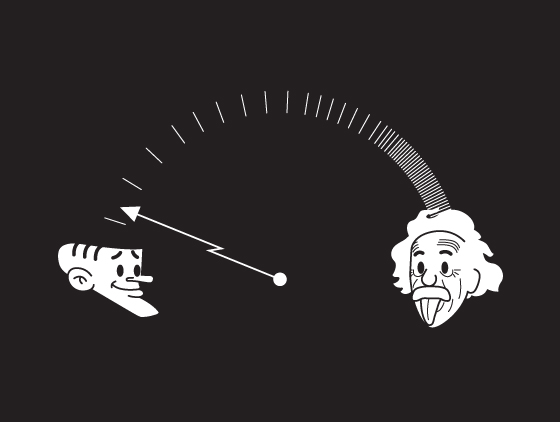Despite how common the belief is, it’s not true.
Neurologist Barry Gordon describes the myth as laughably false, adding, “we use virtually every part of the brain, and that most of the brain is active almost all the time”.Neuroscientist Barry Beyerstein sets out evidence refuting the 10% myth:
- Studies of brain damage: If 90% of the brain is normally unused, then damage to these areas should not impair performance. Instead, there is almost no area of the brain that can be damaged without loss of abilities. Even slight damage to small areas of the brain can have profound effects.
- Evolution: The brain is enormously costly to the rest of the body, in terms of oxygen and nutrient consumption. It can require up to 20% of the body’s energy—more than any other organ—despite making up only 2% of the human body by weight. If 90% of it were unnecessary, there would be a large survival advantage to humans with smaller, more efficient brains. If this were true, the process of natural selection would have eliminated the inefficient brains. By the same token, it is also highly unlikely that a brain with so much redundant matter would have evolved in the first place.
- Brain imaging: Technologies such as Positron Emission Tomography (PET) and functional magnetic resonance imaging (fMRI) allow the activity of the living brain to be monitored. They reveal that even during sleep, all parts of the brain show some level of activity. Only in the case of serious damage does a brain have “silent” areas.
- Localization of function: Rather than acting as a single mass, the brain has distinct regions for different kinds of information processing. Decades of research have gone into mapping functions onto areas of the brain, and no function-less areas have been found.
- Microstructural analysis: In the single-unit recording technique, researchers insert a tiny electrode into the brain to monitor the activity of a single cell. If 90% of cells were unused, then this technique would have revealed that.
- Neural disease: Brain cells that are not used have a tendency to degenerate. Hence if 90% of the brain were inactive, autopsy of adult brains would reveal large-scale degeneration.
I was just in the mood for some myth-busting. This ain’t meant to say that we don’t have the potential to do more than we currently do. If you think you can do it, you can.
Via 50 Great Myths of Popular Psychology: Shattering Widespread Misconceptions about Human Behavior
